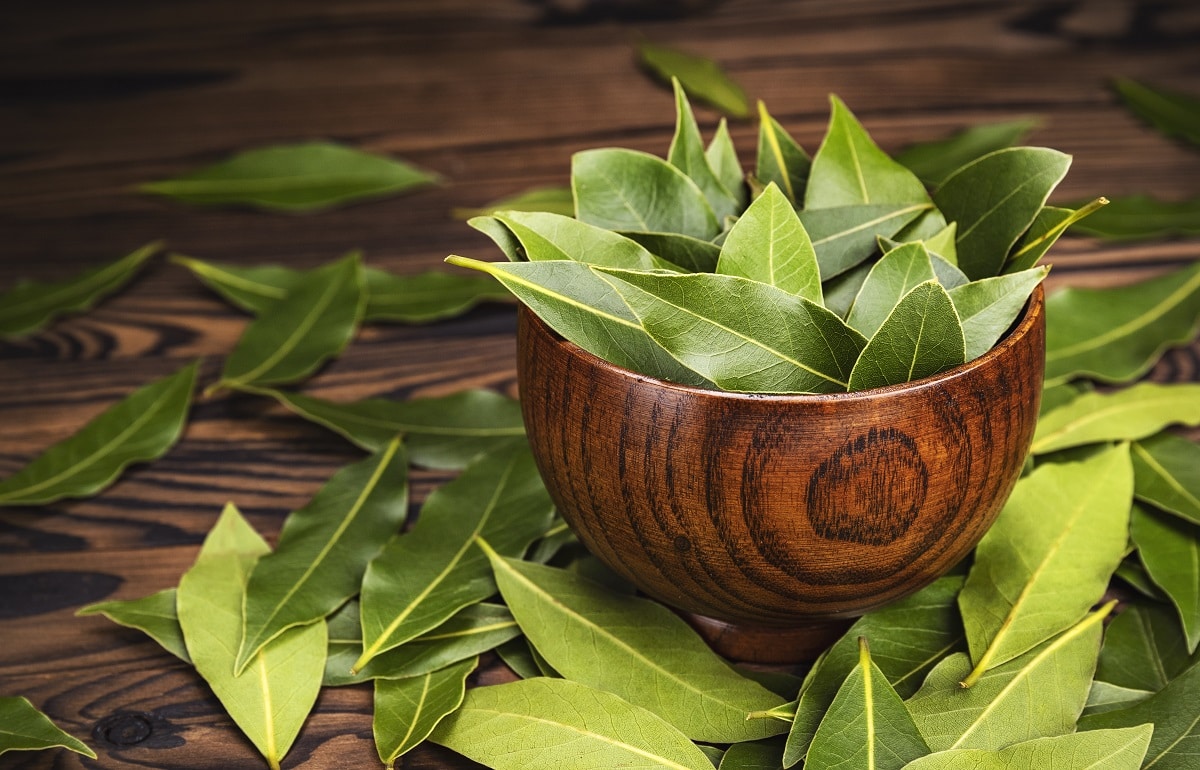

Articles
How To Store Fresh Bay Leaves
Modified: May 6, 2024
Learn the proper way to store fresh bay leaves in this informative article. Keep your herbs fresh and flavorful with these helpful tips.
(Many of the links in this article redirect to a specific reviewed product. Your purchase of these products through affiliate links helps to generate commission for Storables.com, at no extra cost. Learn more)
Introduction
Bay leaves are a popular herb used in various cuisines around the world. These aromatic leaves come from the bay laurel tree and are known for their distinct flavor and fragrance. Whether you’re using them in soups, stews, or sauces, fresh bay leaves add a delightful depth of flavor to your dishes.
When it comes to using fresh herbs in cooking, it’s essential to know how to store them properly to maintain their flavor and quality. In this article, we’ll explore the benefits of using fresh bay leaves, guide you on how to choose and buy the best ones, and provide you with effective methods for storing them to retain their freshness for as long as possible.
Key Takeaways:
- Preserve the Flavor: Refrigerate, freeze, or dry fresh bay leaves to maintain their aromatic essence and enhance the taste of your dishes for up to a year.
- Culinary Versatility: Experiment with bay leaves in various recipes to infuse subtle, earthy flavors and enjoy their numerous health benefits in your cooking.
Read more: How To Store Bay Leaves
Benefits of Using Fresh Bay Leaves
Using fresh bay leaves in your cooking not only adds a wonderful flavor to your dishes but also provides numerous health benefits. Here are some of the key benefits of using fresh bay leaves:
- Aids Digestion: Bay leaves contain enzymes that help stimulate digestive juices and promote healthy digestion. Adding bay leaves to your meals can alleviate indigestion and reduce symptoms such as bloating and gas.
- Antioxidant Properties: Fresh bay leaves are rich in antioxidants, which help protect your cells from oxidative stress and damage caused by free radicals. Antioxidants contribute to overall health and are believed to have anti-inflammatory and anti-cancer properties.
- Anti-Inflammatory Effects: The compounds present in bay leaves have been found to possess anti-inflammatory properties, which can help reduce inflammation in the body. This makes them beneficial for those suffering from conditions like arthritis or other inflammatory diseases.
- Heart Health: Fresh bay leaves contain compounds that have been shown to help regulate blood pressure and improve cardiovascular health. Including bay leaves in your diet may help reduce the risk of heart diseases such as hypertension and atherosclerosis.
- Rich in Vitamins and Minerals: Bay leaves are a good source of essential vitamins and minerals, including vitamin A, vitamin C, iron, potassium, and calcium. These nutrients contribute to overall health and support various bodily functions.
With their unique flavor and numerous health benefits, it’s no wonder that fresh bay leaves are a staple in many kitchens. Now that you know the advantages of using bay leaves, let’s move on to selecting the best leaves and buying them.
Choosing and Buying Fresh Bay Leaves
When it comes to selecting and purchasing fresh bay leaves, there are a few key factors to consider. Follow these guidelines to ensure you choose high-quality leaves:
- Appearance: Look for vibrant green bay leaves that are plump and flexible. Avoid leaves that are wilted, yellowed, or have any signs of damage.
- Aroma: Fresh bay leaves should have a strong, aromatic scent. Take a sniff to ensure they have a pleasant and fragrant aroma. If the leaves have a weak or dull smell, they may have lost their potency.
- Organic vs. Non-Organic: Consider purchasing organic bay leaves whenever possible to minimize exposure to pesticides and chemicals. Organic bay leaves are grown without the use of synthetic fertilizers or pesticides, making them a healthier option.
- Freshness: Bay leaves are at their best when they are freshly harvested. If possible, buy bay leaves from local markets or reputable suppliers that ensure fresher stocks. This will guarantee a more flavorful and aromatic experience in your cooking.
- Quantity: Depending on your cooking needs, decide whether you want to buy fresh bay leaves in small or bulk quantities. Remember that fresh bay leaves have a relatively long shelf life when stored properly, so buying in larger quantities may be more cost-effective.
Check with your local grocery stores, farmer’s markets, or specialty herb shops for the availability of fresh bay leaves. Keep in mind that fresh bay leaves may not always be readily available, especially in certain seasons or regions. Alternatively, you can explore online retailers that offer fresh herbs and spices, ensuring you have access to quality bay leaves regardless of your location.
Now that you know how to choose the best fresh bay leaves, it’s important to learn the proper storage methods to extend their shelf life and preserve their freshness. Let’s explore different ways to store fresh bay leaves effectively.
Storing Fresh Bay Leaves
Properly storing fresh bay leaves is crucial to maintain their flavor, aroma, and quality. Below are three effective methods for storing fresh bay leaves:
- Method 1: Refrigerating Bay Leaves: One of the simplest ways to store fresh bay leaves is by refrigeration. Here’s how to do it:
- Gently wash the bay leaves under cold water and pat them dry using a paper towel.
- Place the leaves in a ziplock bag or airtight container, ensuring there is minimal air inside.
- Store the bag or container in the refrigerator’s vegetable drawer or a cool, dark place.
- The leaves can remain fresh for up to two weeks when stored properly in the refrigerator.
- Method 2: Freezing Bay Leaves: Freezing fresh bay leaves is another excellent option to extend their shelf life. Follow these steps:
- Wash the bay leaves under cold water and pat them dry gently.
- Place the leaves in a single layer on a baking sheet lined with parchment paper.
- Put the baking sheet in the freezer for a few hours until the leaves are firm.
- Transfer the frozen leaves into a freezer-safe bag or container, and remove any excess air before sealing.
- Label the container with the date and store it in the freezer.
- Frozen bay leaves can be stored for up to six months while still retaining their flavor and aroma.
- Method 3: Drying Bay Leaves: If you prefer to have dried bay leaves for longer-term storage, drying them is the way to go:
- Wash the bay leaves under cold water and pat them dry thoroughly.
- Bundle the leaves together and hang them upside down in a warm, well-ventilated area.
- Allow them to air dry completely. This process can take up to two weeks.
- Once the leaves are fully dry and brittle, remove them from the stems and store them in an airtight container away from light, heat, and moisture.
- Dried bay leaves can maintain their flavor and aroma for up to a year.
Choose the storage method that suits your needs and the quantity of bay leaves you have. By adopting these techniques, you can enjoy the flavor and benefits of fresh bay leaves long after their harvest season.
Now that you know the different methods to store fresh bay leaves, let’s explore how to use them in your cooking and incorporate their delightful flavor into your dishes.
Method 1: Refrigerating Bay Leaves
Refrigeration is the simplest and most common method for storing fresh bay leaves. By following these steps, you can preserve the flavor and freshness of your bay leaves for an extended period:
- Wash the Bay Leaves: Start by gently washing the bay leaves under cold running water. Be careful not to bruise or damage the leaves while washing. Pat them dry using a paper towel to remove any excess moisture.
- Prepare an Airtight Container: Next, choose a suitable container for storing the bay leaves. A ziplock bag or an airtight container works well for this purpose. Ensure there is enough space to accommodate the leaves without overcrowding.
- Place the Bay Leaves in the Container: Lay the bay leaves flat in the container, arranging them in a single layer if possible. This will help prevent them from sticking together or becoming crushed.
- Seal the Container: Seal the ziplock bag or close the airtight container tightly to prevent air from entering. This will help maintain the freshness of the bay leaves and protect them from moisture and contaminants.
- Refrigerate the Bay Leaves: Store the container of bay leaves in the refrigerator’s vegetable drawer or a cool, dark place. The optimal temperature for storing bay leaves is between 32°F (0°C) and 40°F (4°C). Avoid placing them near foods with strong odors as bay leaves can absorb odors easily.
- Check for Freshness: Regularly inspect the bay leaves to ensure they are still fresh. Discard any leaves that have wilted, turned yellow, or developed an off odor. Fresh bay leaves can typically remain stored in the refrigerator for up to two weeks.
Refrigerating bay leaves helps preserve their flavor and aroma. When you’re ready to use them in your cooking, simply take out the desired amount and return the container to the refrigerator promptly.
Now that you know how to refrigerate bay leaves, let’s explore other storage methods, including freezing and drying, to ensure you have fresh bay leaves on hand whenever you need them.
Store fresh bay leaves by wrapping them in a slightly damp paper towel and placing them in a resealable plastic bag. Keep them in the refrigerator for up to two weeks for maximum freshness.
Read more: How To Store Fresh Sage Leaves
Method 2: Freezing Bay Leaves
Freezing fresh bay leaves is an excellent method for long-term storage while maintaining their flavor and aroma. Follow these steps to freeze bay leaves effectively:
- Wash and Dry the Bay Leaves: Begin by washing the bay leaves under cold running water to remove any dirt or debris. Gently pat them dry using a paper towel to eliminate excess moisture.
- Arrange the Bay Leaves: Lay the bay leaves in a single layer on a baking sheet lined with parchment paper. This ensures that the leaves freeze individually and don’t stick together.
- Place in the Freezer: Transfer the baking sheet with the bay leaves to the freezer and allow them to freeze for a few hours or until they are firm to the touch. Freezing the leaves individually prevents them from clumping together and makes it easier to portion later.
- Transfer to Freezer-Safe Bags or Containers: Once the bay leaves are frozen, carefully remove them from the baking sheet and transfer them into freezer-safe resealable bags or airtight containers. Remove as much excess air as possible from the bags before sealing to minimize the risk of freezer burn.
- Label and Date: Label the bags or containers with the date of freezing. This will help you keep track of their freshness and ensure you use the oldest ones first.
- Store in the Freezer: Place the bags or containers of bay leaves in the freezer, ideally in a location where they won’t be subjected to constant movement or temperature fluctuations.
- Thawing and Using Frozen Bay Leaves: When you need to use bay leaves in your cooking, simply remove them from the freezer and add them directly to your dish. There’s no need to thaw them beforehand as bay leaves are typically used in simmered or slow-cooked recipes.
By freezing bay leaves, you can extend their shelf life up to six months while preserving their flavor and aroma. This method is particularly useful if you find yourself with an abundance of fresh bay leaves or want to stock up for future use.
Now that you know how to freeze bay leaves, let’s move on to the third method of storing bay leaves: drying them for long-term use.
Method 3: Drying Bay Leaves
Drying bay leaves is a traditional method of preserving them for extended periods while retaining their flavor and aroma. Follow these steps to dry bay leaves effectively:
- Wash the Bay Leaves: Start by gently washing the bay leaves under cold running water. Ensure you remove any dirt or impurities that might be present. Pat them dry using a paper towel to remove excess moisture.
- Bundle the Bay Leaves: Take a few bay leaves and bundle them together in small groups. Use kitchen twine or a rubber band to secure the stems tightly. This will help the leaves stay together during the drying process.
- Hanging the Bundles: Hang the bundles of bay leaves upside down in a warm, well-ventilated area. Choose a spot away from direct sunlight to avoid loss of color and flavor. Allow the leaves to air dry completely, which can take around two weeks.
- Removing the Leaves: Once the bay leaves are fully dried, remove them from the stems. Gently crumble the leaves into smaller pieces and discard the stems.
- Storing the Dried Bay Leaves: Store the dried bay leaves in an airtight container, such as a glass jar or airtight plastic bag, away from light, heat, and moisture. Label the container with the date of drying for reference.
- Using Dried Bay Leaves: Dried bay leaves can be used directly in your cooking. They are typically added to recipes at the beginning of the cooking process to infuse their distinct flavors. Remember to remove and discard the bay leaves before serving the dish, as they can be tough and unpleasant to chew on.
- Shelf Life of Dried Bay Leaves: When stored properly, dried bay leaves can maintain their flavor and aroma for up to a year. However, it is recommended to use them within six months to ensure optimal freshness.
Drying bay leaves is a convenient way to have a readily available supply of bay leaves for cooking throughout the year. The dried leaves can be crushed or crumbled easily and used in various dishes, including soups, stews, sauces, and marinades.
Now that you know how to dry bay leaves, you have multiple storage options to choose from based on your preferences and culinary needs.
Using and Cooking with Stored Fresh Bay Leaves
Now that you have successfully stored your fresh bay leaves using the refrigeration, freezing, or drying methods, it’s time to explore how to use them in your cooking. Here are some tips for using and cooking with stored fresh bay leaves:
- Flavor Infusion: Bay leaves are known for their ability to infuse dishes with a subtle, earthy flavor. Add a single or a few bay leaves to your soups, stews, sauces, or stocks during the cooking process. They impart a pleasant aroma and enhance the overall taste of the dish.
- Simmering: Bay leaves are traditionally used in simmered dishes, such as braised meats, rice pilaf, and bean-based recipes. The slow cooking process allows the flavors of the bay leaves to meld with the other ingredients, creating a rich and flavorful dish.
- Usage Considerations: Remember to remove the bay leaves before serving the dish, as their texture can be tough and could pose a choking hazard. It is best to add whole bay leaves during cooking and remove them before serving. If you are using dried bay leaves, be sure to crush or crumble them slightly to release their aroma and flavors.
- Combining Flavors: Bay leaves pair well with a wide range of herbs and spices. Experiment with combining them with thyme, rosemary, parsley, or oregano to create delightful flavor profiles in your recipes. However, use bay leaves sparingly, as they can overpower other flavors if used excessively.
- Recipe Inspiration: Bay leaves are versatile and can be used in a variety of dishes. Use them in classic recipes like beef stew, chicken soup, spaghetti sauce, or lentil curry. Feel free to explore and experiment with different cuisines to add an aromatic touch to your cooking.
- Storage Maintenance: As you use the stored bay leaves, be sure to seal the container tightly after each use to maintain their freshness. Keep them stored in a cool, dark place away from sunlight, heat, and moisture to retain their flavor for as long as possible.
With your stored fresh bay leaves, you’ll have the convenience of adding their delightful flavor to your dishes whenever you need. Whether you’re preparing a hearty soup or a savory sauce, the addition of bay leaves will elevate the taste and aroma of your culinary creations.
Remember to enjoy the process of experimenting with bay leaves and exploring new flavor combinations in your cooking. Bon appétit!
Conclusion
Properly storing fresh bay leaves is essential to maintain their flavor, aroma, and quality for extended periods. Whether you choose to refrigerate, freeze, or dry your bay leaves, each method offers a unique way to preserve this versatile herb for your culinary delights.
By refrigerating bay leaves, you can easily access and use them within a couple of weeks while keeping their freshness intact. Freezing bay leaves extends their shelf life to up to six months, providing a convenient option for long-term storage. Drying bay leaves allows you to enjoy their flavor and aroma for up to a year, enabling you to have a readily available supply year-round.
When using stored fresh bay leaves, remember their power to infuse dishes with a distinct flavor profile. Add them to soups, stews, sauces, and braises during the cooking process to release their delightful aroma and enhance the taste of your creations. Just be sure to remove the bay leaves before serving, as their texture can be tough and unappetizing.
Whether you’re a seasoned chef or a home cook looking to elevate your dishes, incorporating fresh bay leaves into your culinary repertoire is a fantastic way to enhance the flavors of your meals. The benefits of using bay leaves extend beyond taste, as they offer various health benefits like aiding digestion, providing antioxidant properties, and supporting heart health.
Now that you have learned how to choose, buy, store, and use fresh bay leaves, it’s time to unleash your creativity in the kitchen. Experiment with different recipes and flavors to discover the magic that bay leaves can bring to your culinary creations.
So, stock up on fresh bay leaves, follow the appropriate storage method, and let the enchanting scent and taste of bay leaves elevate your cooking to new heights. Enjoy the aromatic journey that fresh bay leaves provide, and savor every dish that you bring to life with this delightful herb.
Now that you've mastered storing fresh bay leaves, why not enhance your kitchen organization further? If finding the perfect spot for every spice sounds appealing, our next article on spice storage solutions will surely catch your interest. Discover innovative ways to keep your kitchen clutter-free and your spices within easy reach, ensuring they remain fresh and aromatic for every meal you prepare.
Frequently Asked Questions about How To Store Fresh Bay Leaves
Was this page helpful?
At Storables.com, we guarantee accurate and reliable information. Our content, validated by Expert Board Contributors, is crafted following stringent Editorial Policies. We're committed to providing you with well-researched, expert-backed insights for all your informational needs.
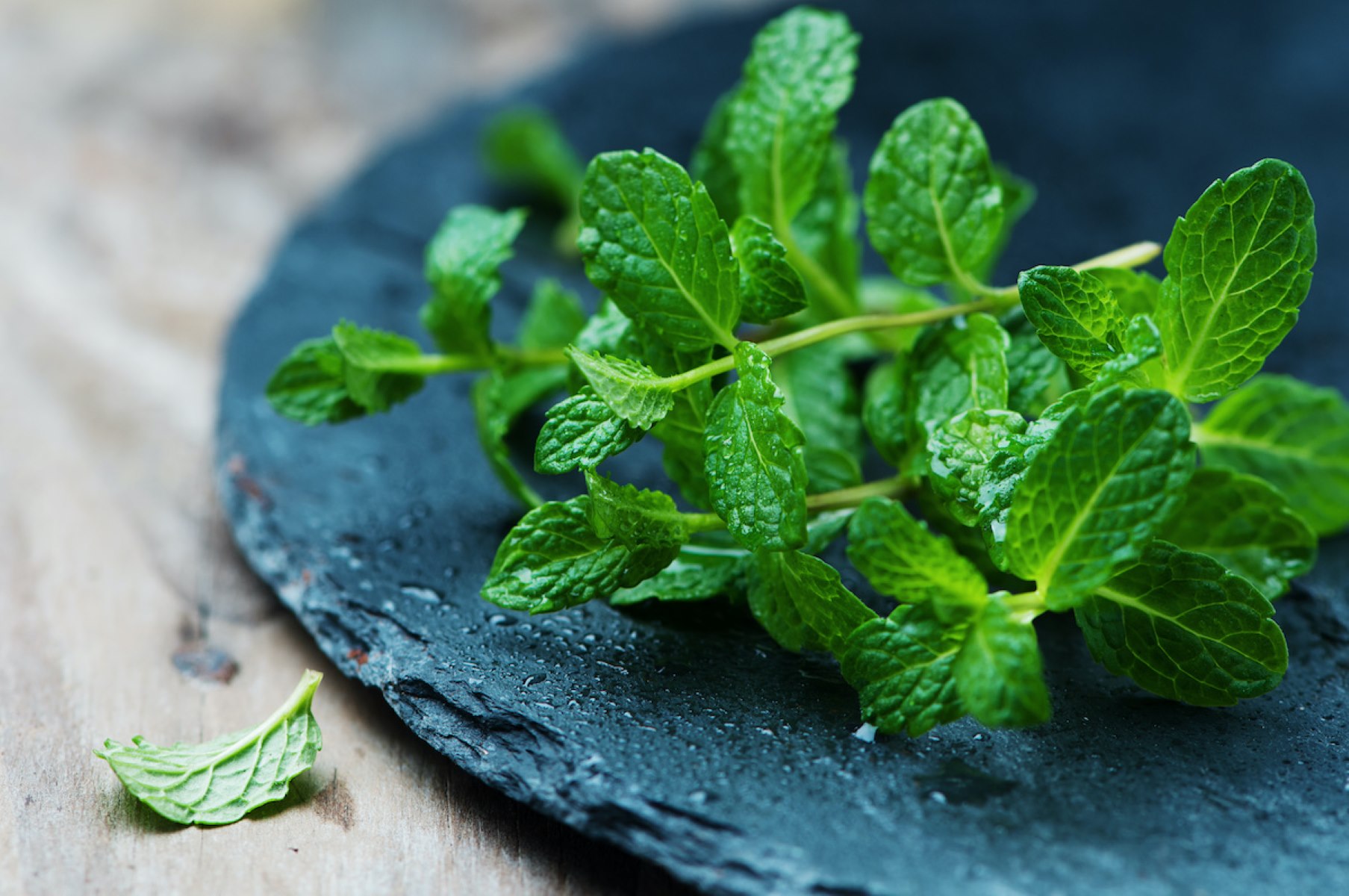
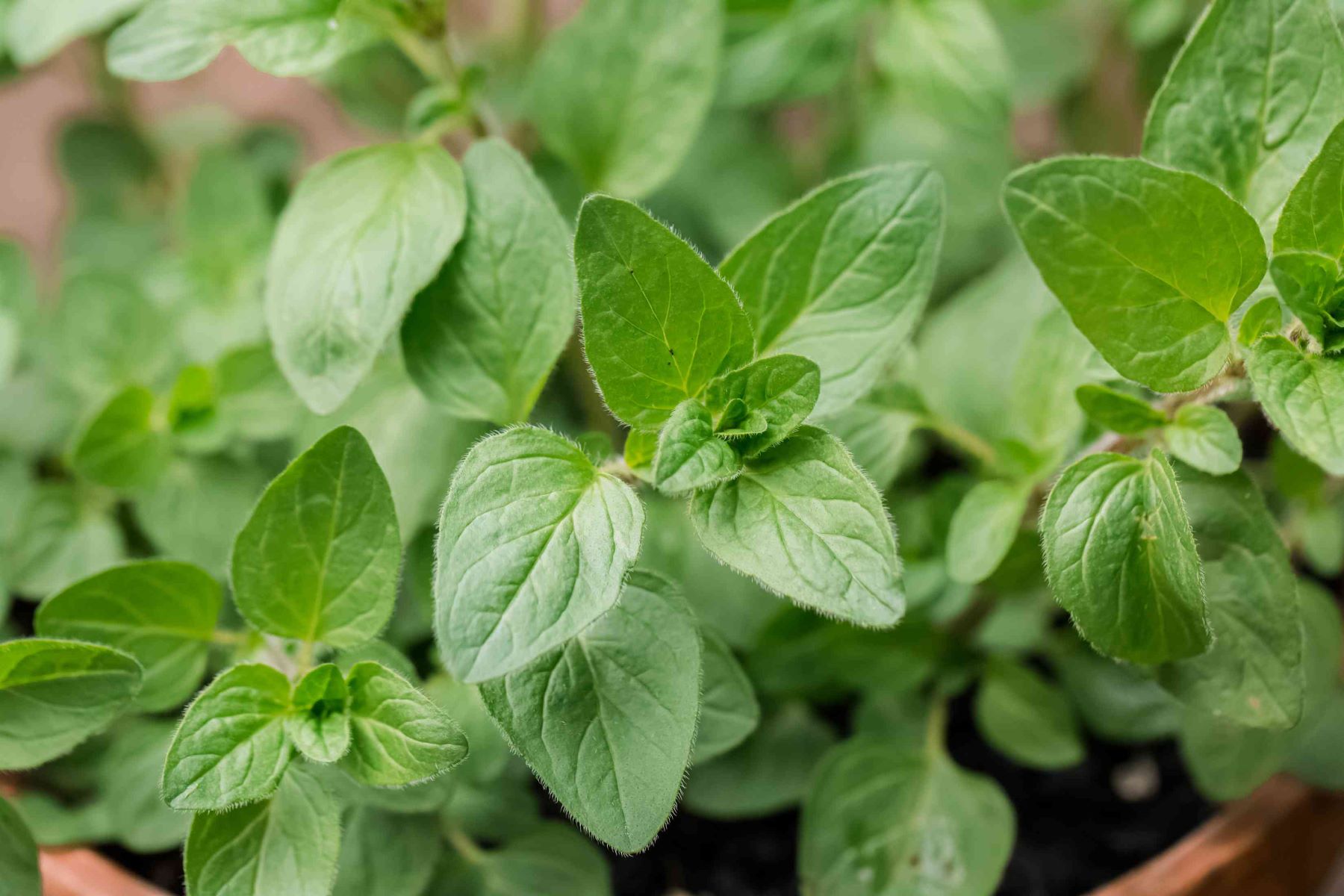

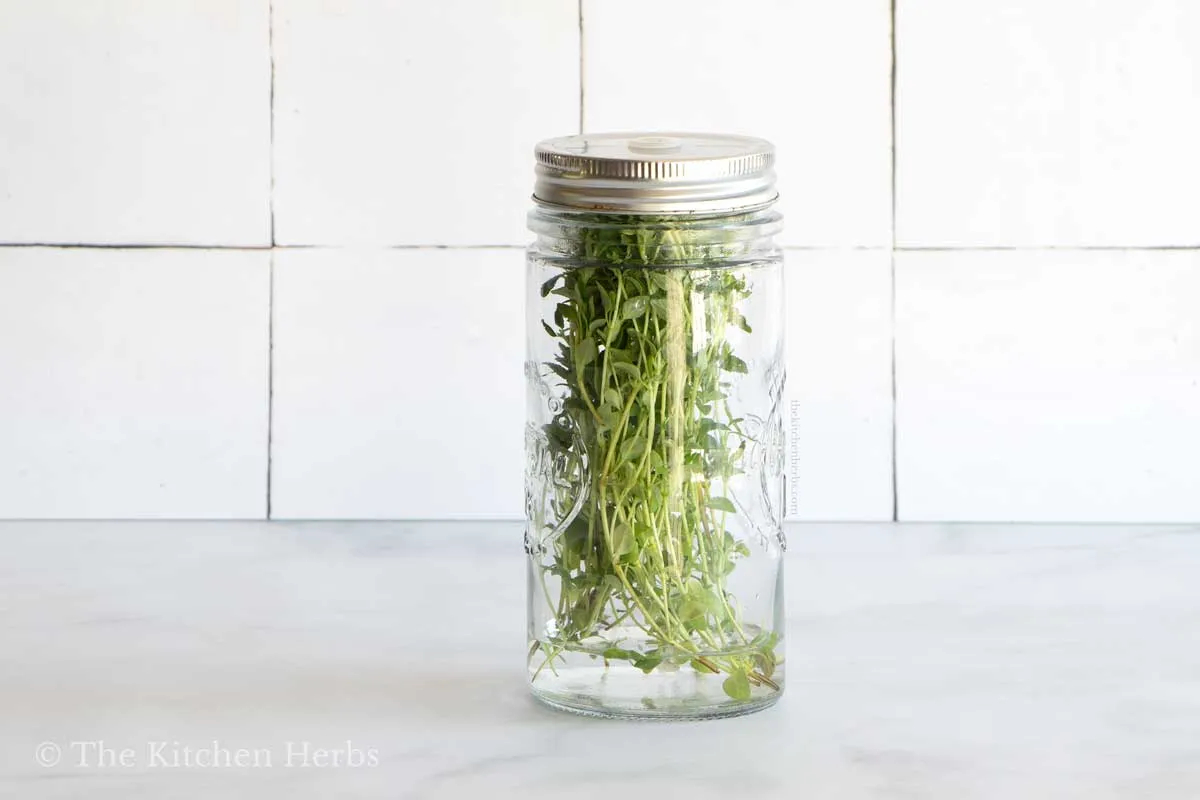
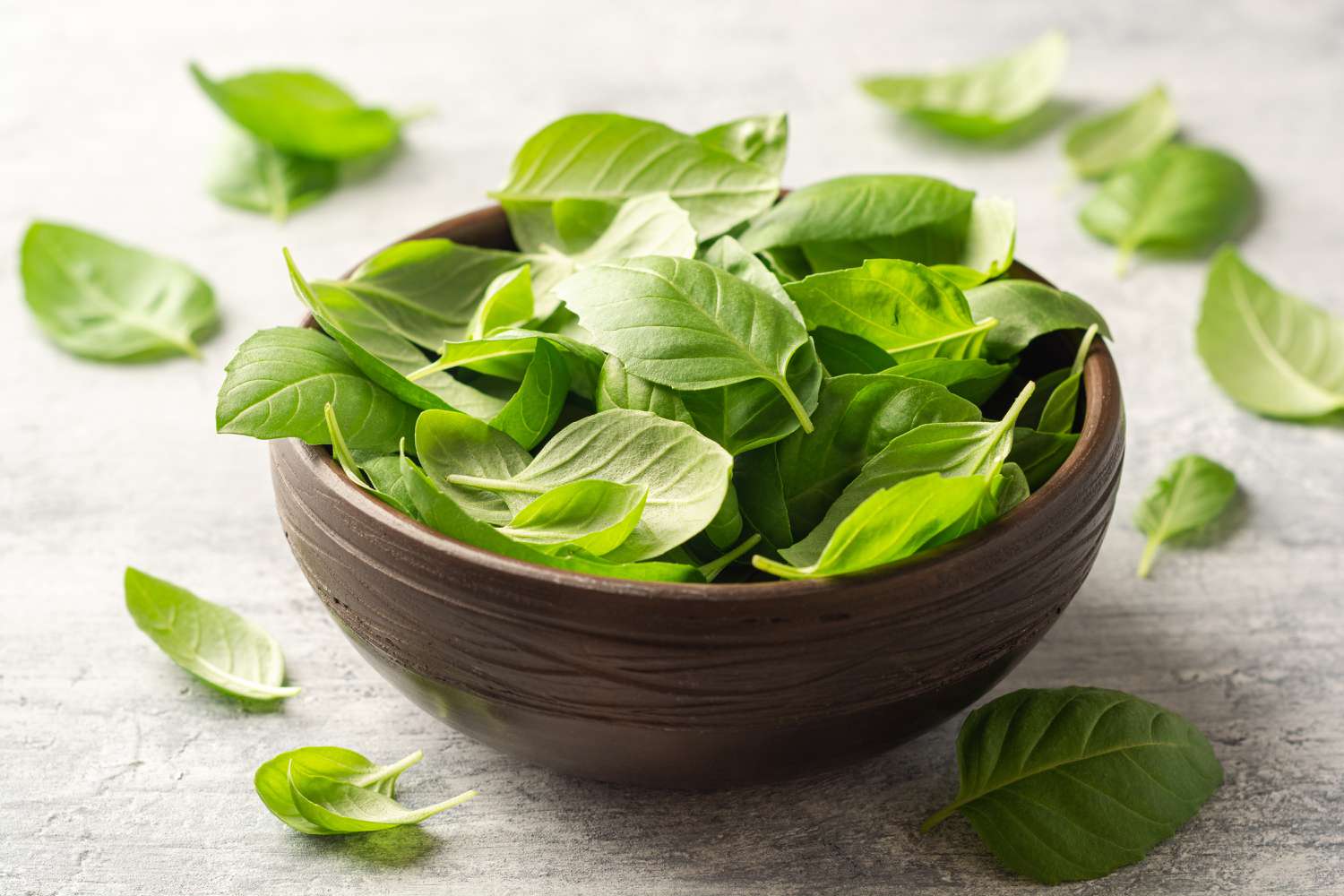
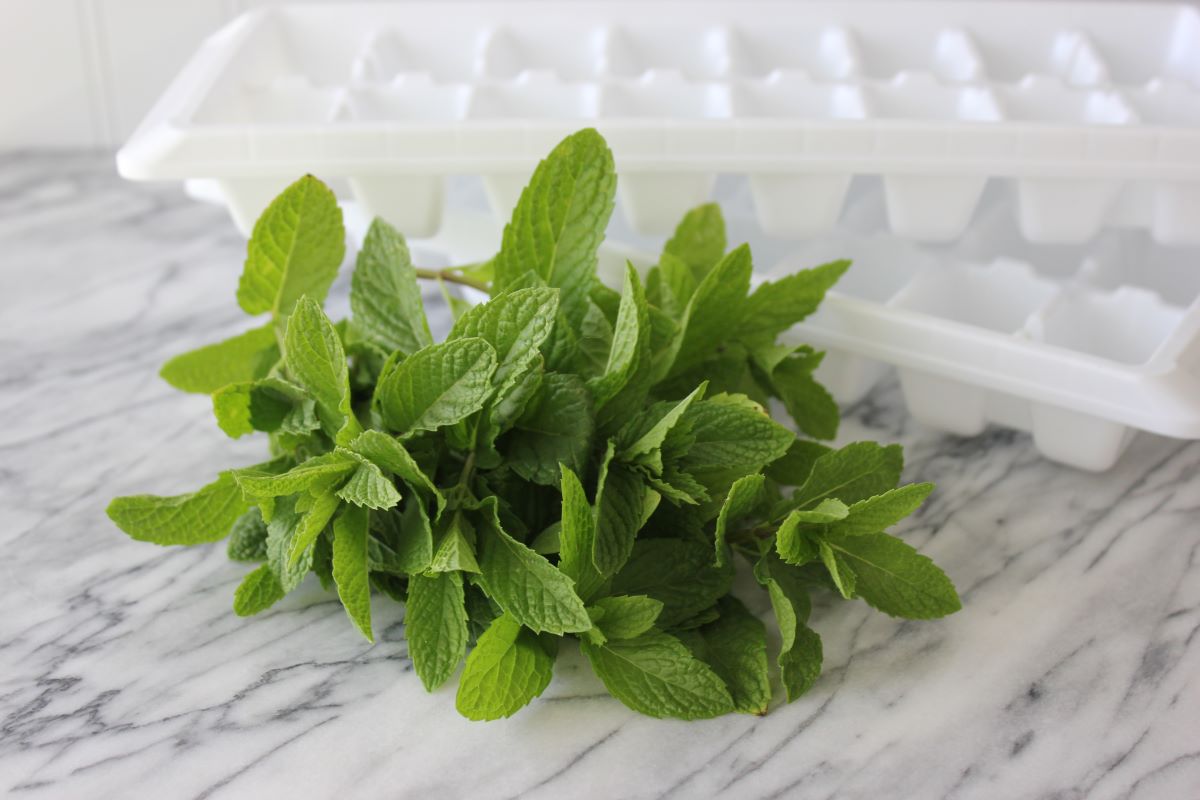
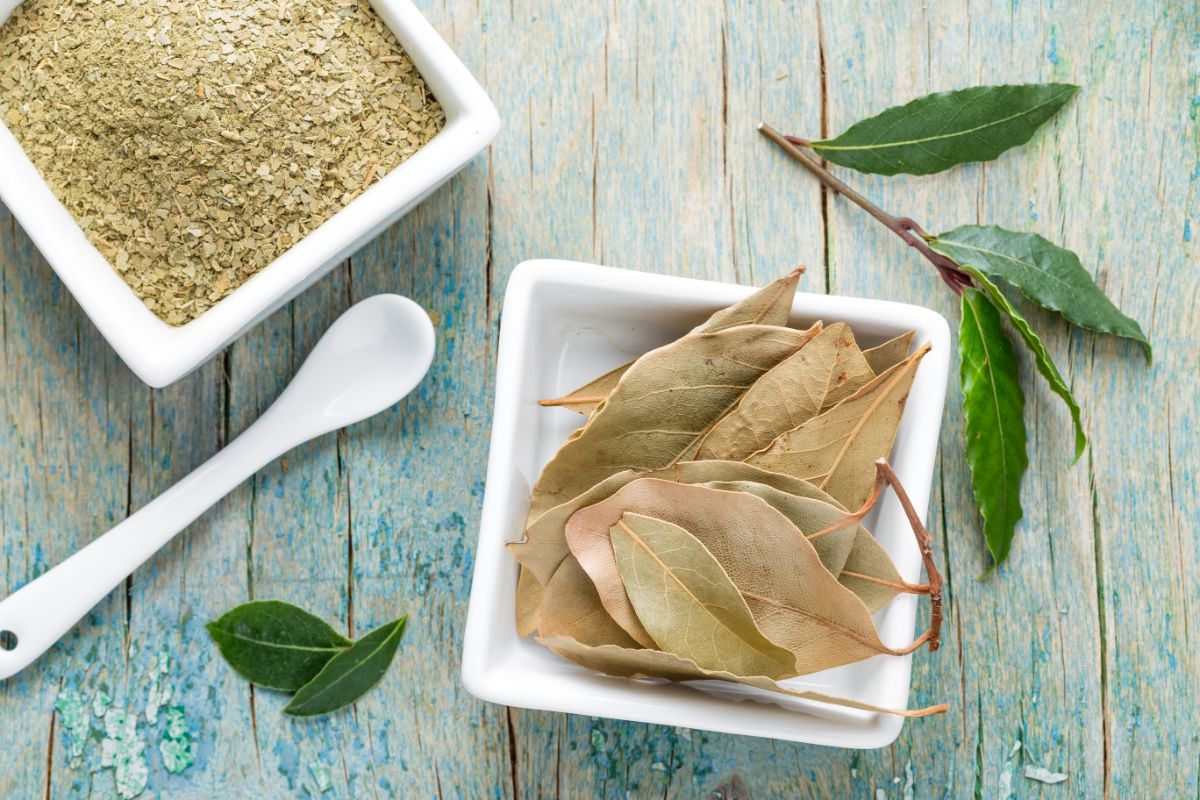
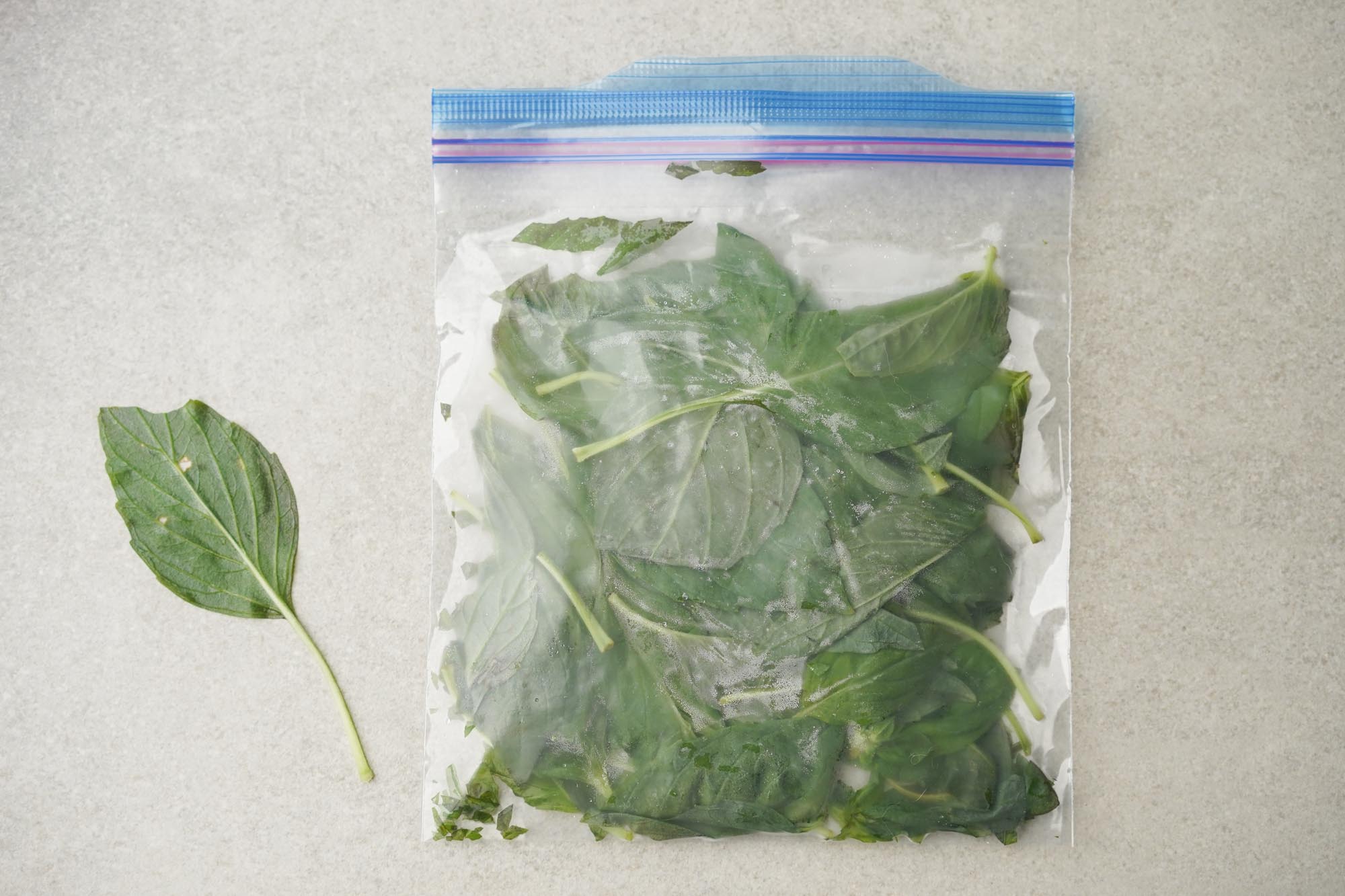
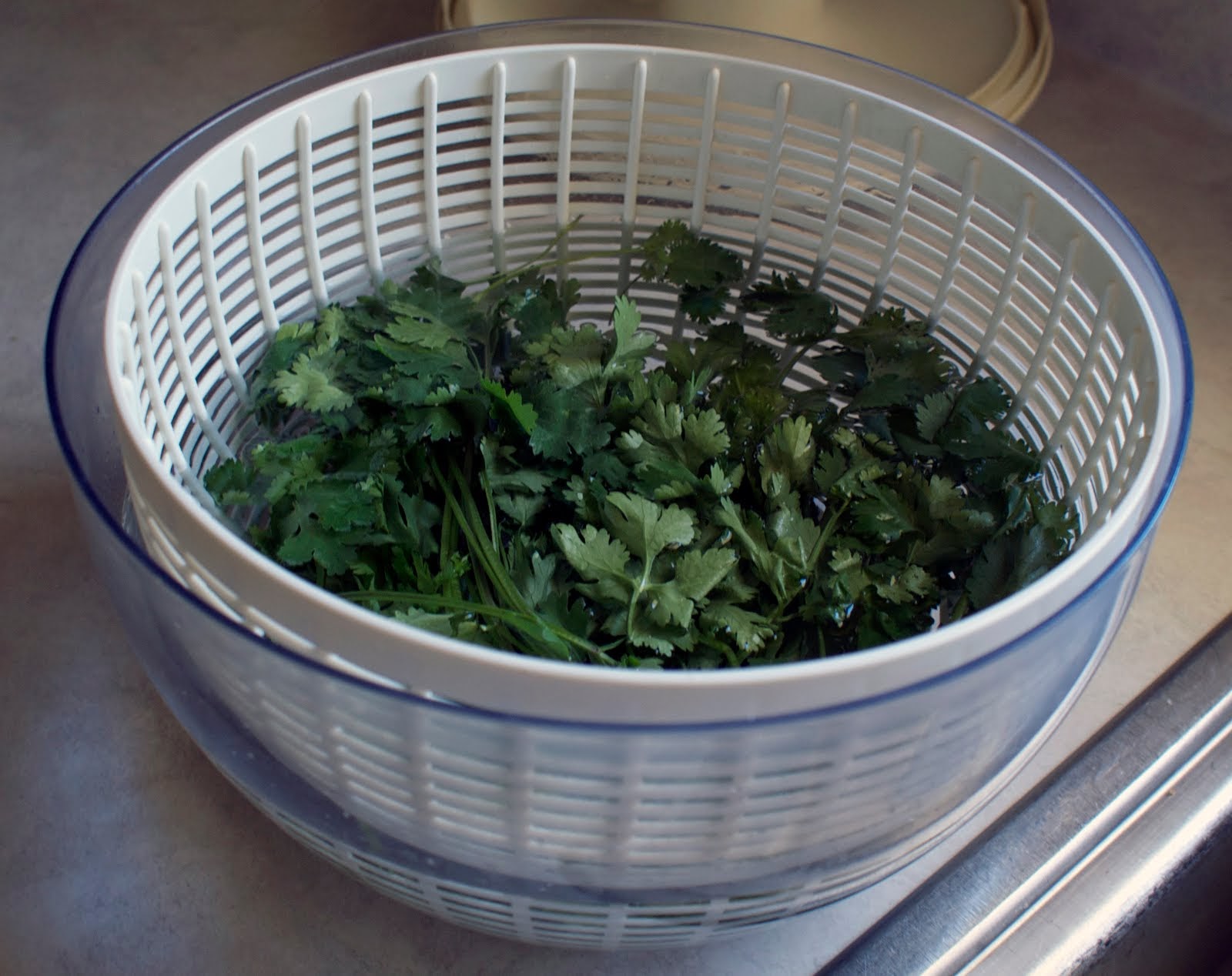

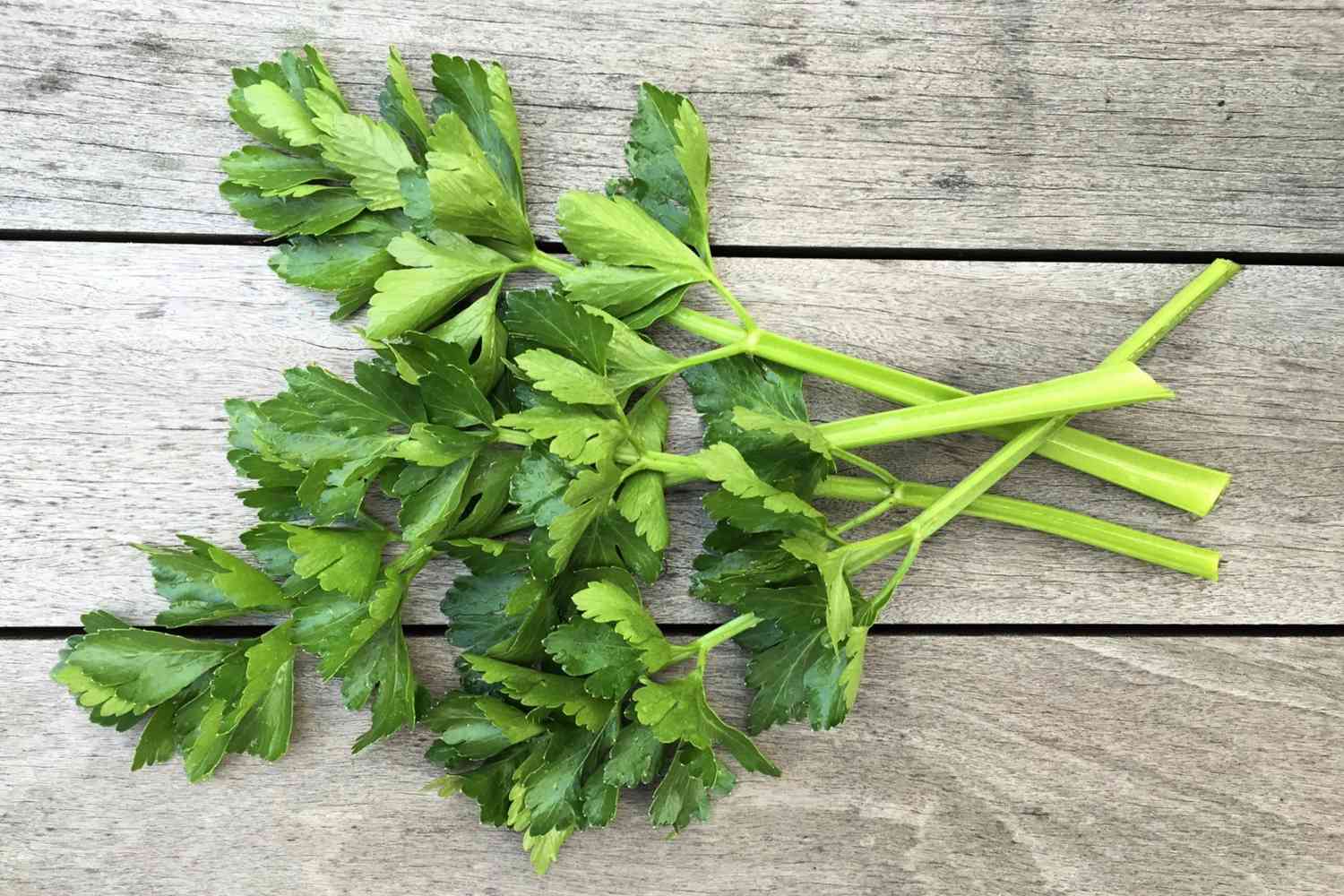
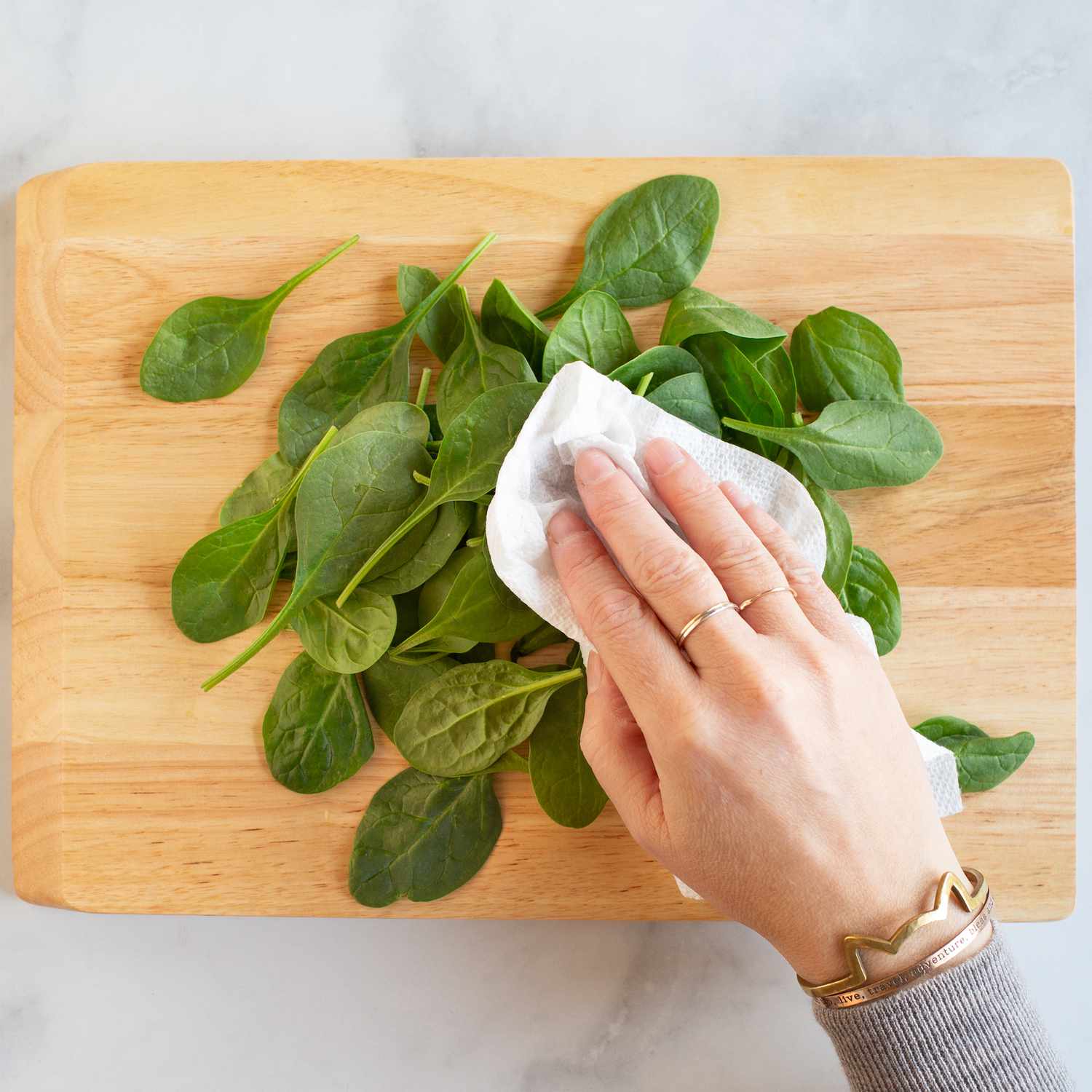
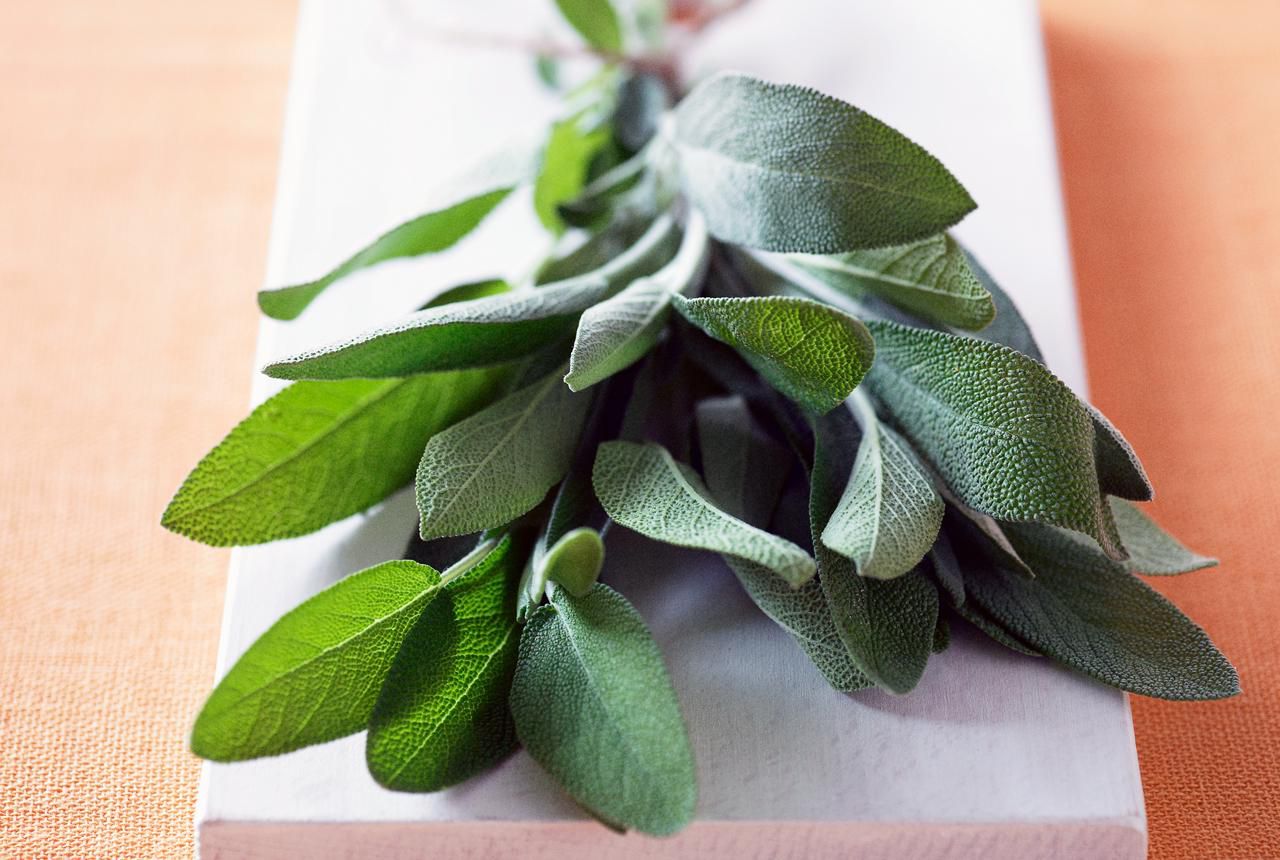
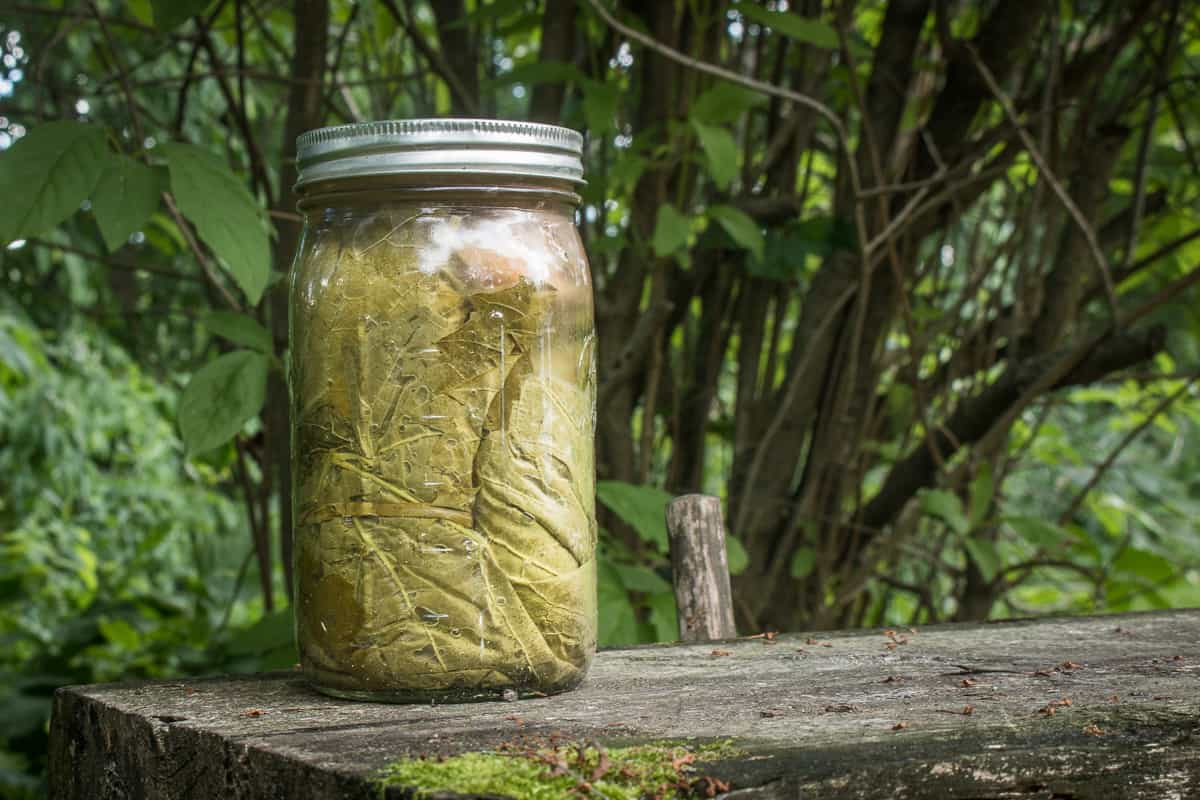

0 thoughts on “How To Store Fresh Bay Leaves”